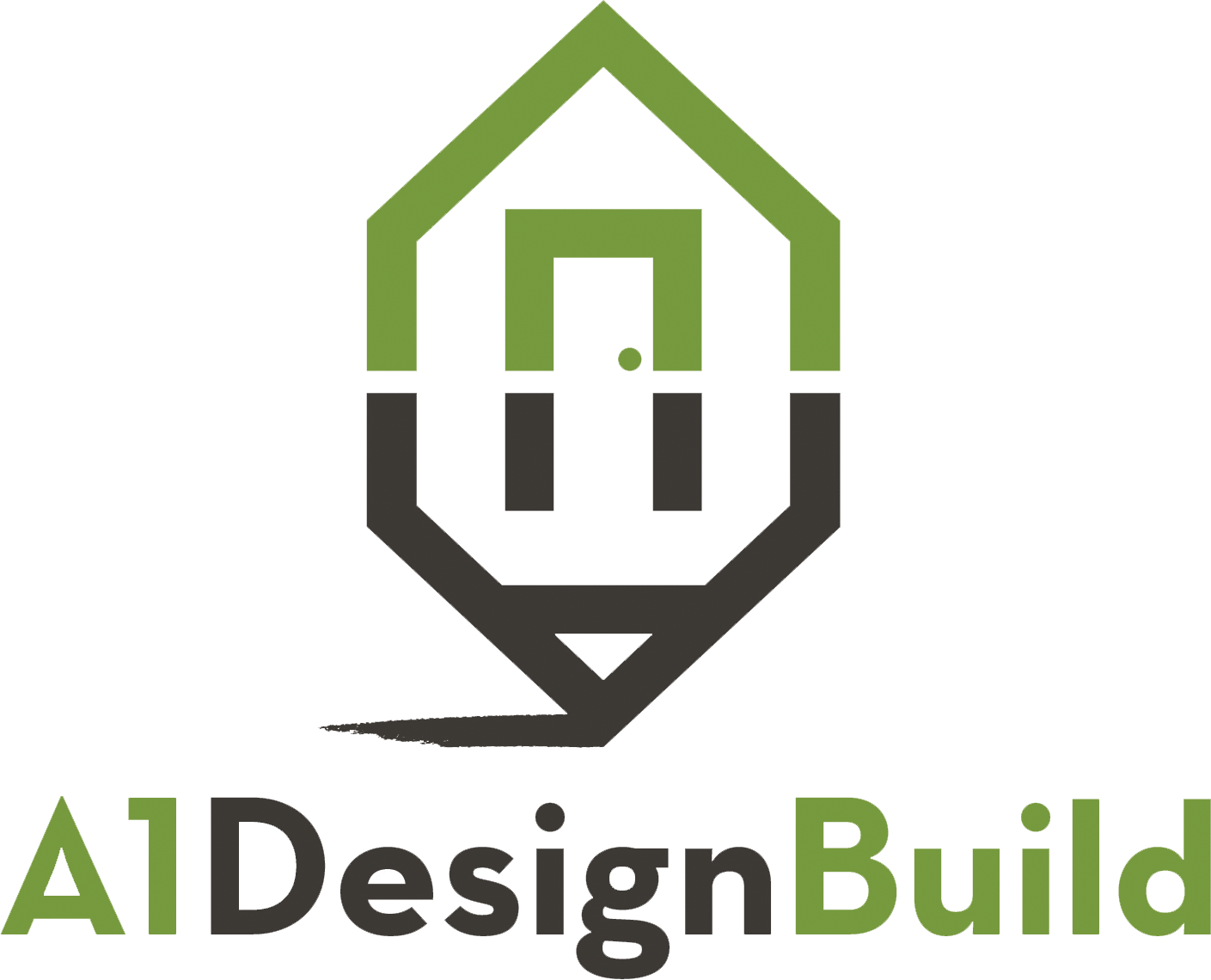Community Projects: Alderwood Elementary and Accessible Gardens
The Origin Story
Our neighbors at Alderwood Elementary envisioned a teaching and learning garden outside their new schoolhouse. Alderwood enthusiastically accepted our offer of support. The garden area was already chosen: a chain link enclosure that secured the contractor’s equipment during the school’s construction. We studied the site’s topography, solar exposure, pathways, and surrounding features, and mapped these to create a site plan. We then met with a group of teachers, school administrators, and parents to learn how the space would be used. An eager 4th grade class drew up their garden ideas for us.
An accessible teaching and learning garden would fill a real need at this new school and there was a lot of excitement surrounding the project and the many directions it could take. With a site plan of the existing conditions and a better understanding of the school’s needs, we began developing initial concepts.
Inspiration from great minds.
Our task in the design and planning stage was to separate out what was needed now and what was planned later. We wanted to create pathways and garden beds for the fall planting and plan for a future pergola to serve as an outdoor classroom adjacent to the garden. The school district was eager to drain the muddy soil from the future garden area and put in gravel pathways and bark mulch to keep the mud at bay. But the school district needed to understand the layout of the garden and pergola before agreeing to move forward. So, we created both an overview design of the whole area, and detailed drawings of the paths and beds. We sent drawings back and forth and narrowed in on the details, arriving at a hardscape plan we all liked. The school district completed drainage and pathway work while we designed and built a handcrafted raised bed.
Refining the Design
Most of the raised beds for this garden were to be pre-made on ground metal planters. We found these as wheelchair inaccessible. Their ease of assembly, long lifespan, and low price point made them an excellent choice for most of the garden beds, but we wanted the garden to serve all students and families. To do that, we agreed to design and build a custom wheelchair accessible raised planter bed. We needed something you could pull your knees under and work at a comfortable height seated. We came up with a design, reviewed it, bought the materials, and built it. This planter and the other raised beds were filled with soil by volunteers during a Saturday work party. Since the soil in our elevated planter isn’t deep, we added shredded coconut husk for water absorption and retention. To reduce weight and aerate the soil, we also mixed in Perlite, a type of volcanic glass. The beds were now ready for fall planting!
Vision into reality.
We are sharing the plans we drew for this elevated garden bed for free here. We hope the design will allow others with mobility needs to enjoy the fruits of gardening more easily. This was a great partnership and experience! We will continue to be involved as the project progresses, as well as with other local schools and organizations.






